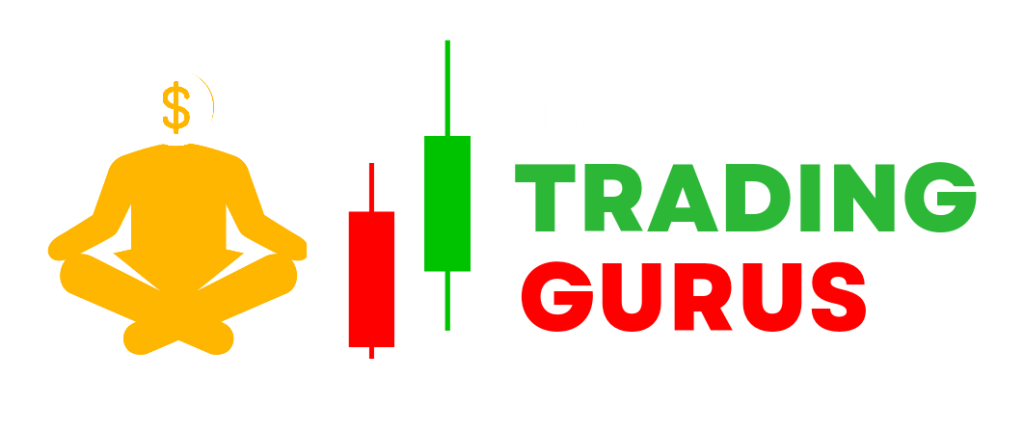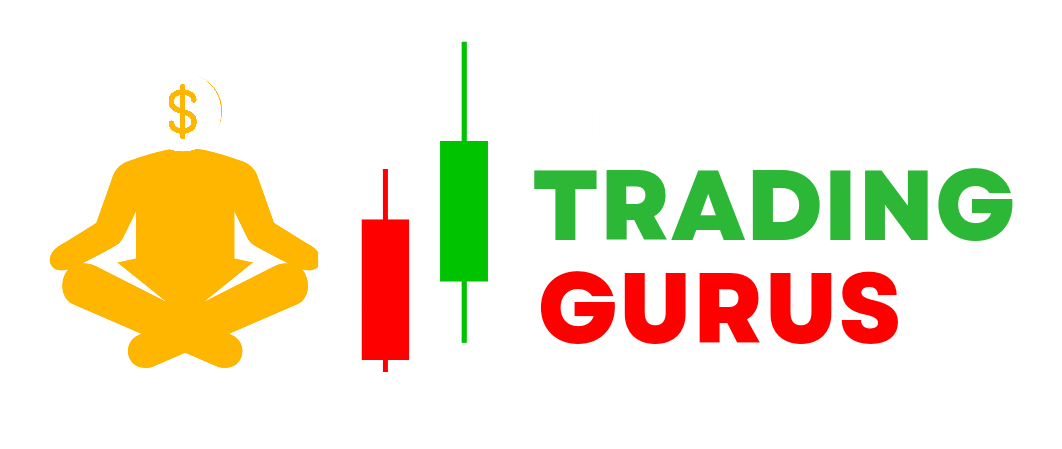What is Spread in Forex Trading and How Does It Work?

Introduction
Spread is a fundamental concept in forex trading that directly impacts a trader’s profitability. Understanding the concept of spread and how it works is essential for anyone venturing into the forex market. In this article, we will explore the definition of spread, its significance in forex trading, and the factors that influence its value. By grasping the mechanics of spread, traders can make informed decisions, manage their trading costs effectively, and maximize their trading outcomes. For one on one lessons on spread contact now
Definition of Spread in forex trading
In forex trading, spread refers to the difference between the bid price (the price at which buyers are willing to purchase a currency pair) and the ask price (the price at which sellers are willing to sell a currency pair). It represents the cost of executing a trade and acts as a commission for the forex broker facilitating the transaction. The spread is typically measured in pips, which is the smallest unit of measurement in currency pairs.
Understanding Bid and Ask Prices in forex trading
To comprehend spread fully, it is crucial to understand bid and ask prices. The bid price is the highest price that a buyer is willing to pay for a currency pair, while the ask price is the lowest price at which a seller is willing to sell the same currency pair. The difference between the bid and ask prices creates the spread. Traders can buy a currency pair at the ask price and sell it at the bid price, with the spread acting as the transaction cost.
Significance of Spread in Forex Trading
Spread plays a significant role in forex trading due to the following reasons: a. Transaction Costs: Spread represents the primary transaction cost incurred by traders in executing their trades. It is important to consider the spread when entering and exiting positions, as it directly impacts the profitability of a trade.
b. Profit and Loss Calculation: Spread affects the calculation of potential profits and losses. To break even and generate a profit, the price of a currency pair must move beyond the spread value in the trader’s favor. Therefore, understanding the spread is crucial in setting realistic profit targets and risk management.
c. Liquidity and Market Conditions: Spread is influenced by market liquidity and volatility. During times of high market activity or economic events, spreads tend to widen as liquidity decreases. Traders should be aware of these fluctuations and adjust their trading strategies accordingly.
Factors Affecting Spread in forex trading
Several factors influence the size of the spread: a. Market Volatility: Higher market volatility can cause spreads to widen, reflecting increased uncertainty and risk. Major news announcements, economic data releases, or geopolitical events often lead to temporary spread expansions.
b. Liquidity: Currency pairs with high liquidity tend to have narrower spreads since there is a larger pool of buyers and sellers. Major currency pairs such as EUR/USD and GBP/USD typically have tighter spreads compared to exotic or less commonly traded currency pairs.
c. Trading Session: Spreads can vary depending on the trading session. During the overlap of multiple trading sessions, such as the European and US sessions, spreads may tighten due to increased trading activity. In contrast, during quieter trading hours, spreads can widen.
d. Market Maker or ECN Broker: The type of broker you trade with can influence the spread. Market maker brokers may offer fixed spreads, while ECN (Electronic Communication Network) brokers tend to provide variable spreads that reflect the prevailing market conditions.
e. Currency Pair: Each currency pair has its own characteristics and liquidity. Exotic currency pairs or those involving emerging market currencies usually have wider spreads compared to major currency pairs.
Managing Spread Costs
To manage spread costs effectively, traders can consider the following strategies: a. Choosing the Right Broker: Compare spreads offered by different brokers to find competitive pricing. Consider the broker’s reputation, regulation, execution speed, and quality of services alongside the spreads they offer.
b. Timing Trades: Be mindful of market conditions and aim to trade during periods of higher liquidity and tighter spreads. Avoid trading during major news releases or illiquid times when spreads tend to widen.
c. Scalping Techniques: Scalpers aim to profit from small price movements and rely on low spreads for profitability. If you are a scalper, look for brokers that offer tight spreads and allow for fast execution.
d. Risk Management: Incorporate spread costs into your risk management strategy. Set appropriate stop-loss levels and consider the impact of spreads on your overall risk-reward ratio.
Conclusion
Spread is a critical aspect of forex trading that directly affects a trader’s costs and profitability. By understanding the concept of spread, the factors that influence it, and employing effective strategies to manage spread costs, traders can make more informed decisions and optimize their trading outcomes. Consider the impact of spread when analyzing potential trades, setting profit targets, and managing risk. A thorough understanding of spread empowers traders to navigate the forex market more effectively and achieve their trading goals. To know more about spread in forex trading contact now


